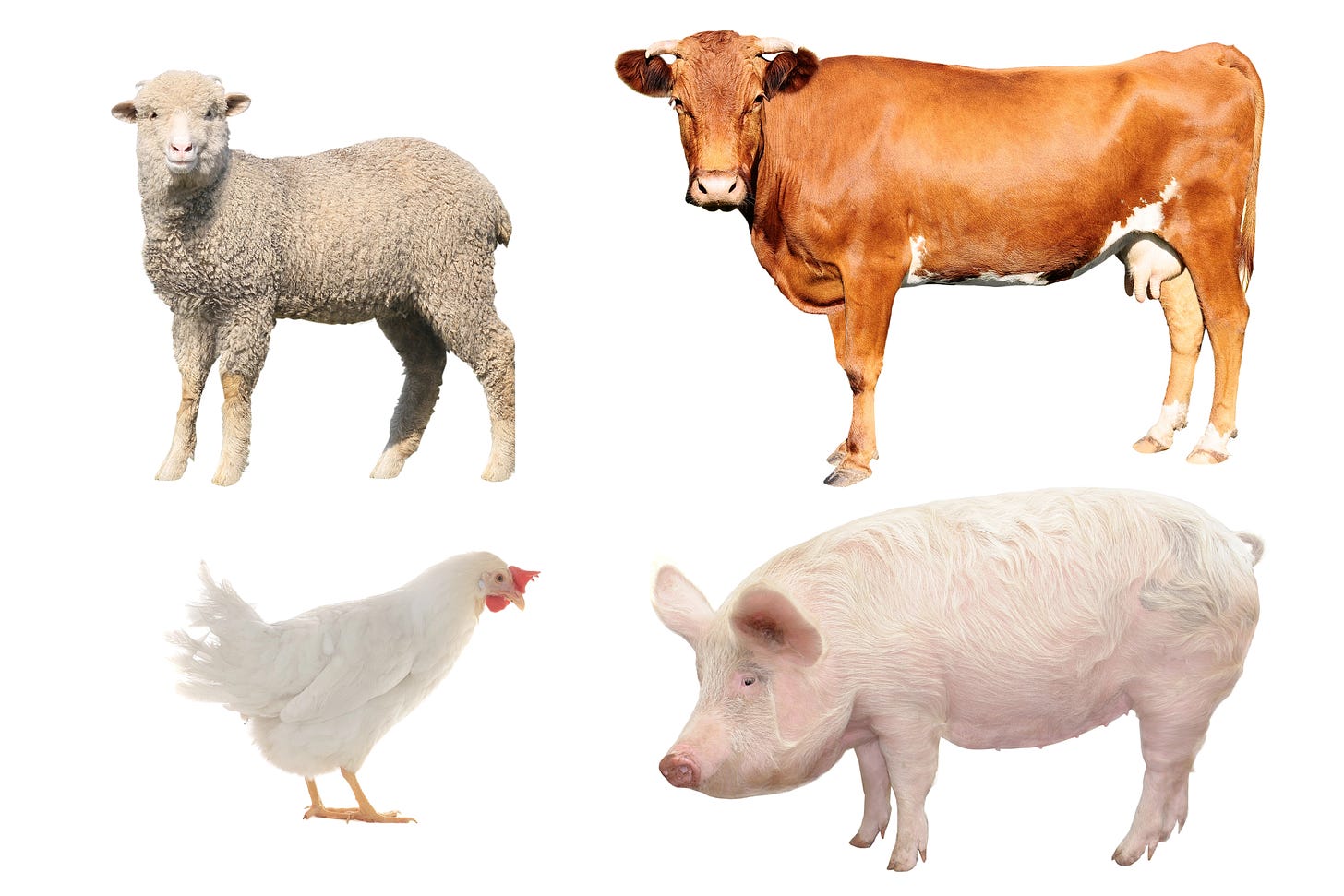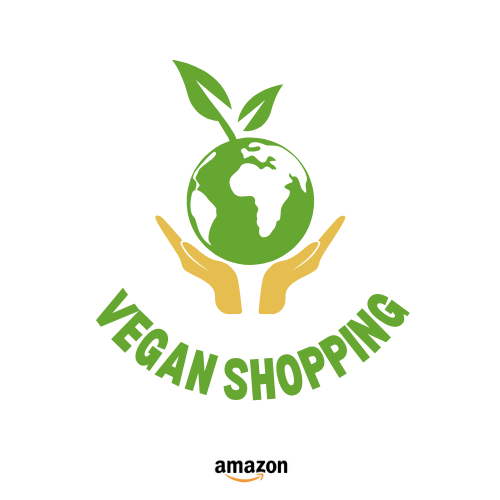The Reality of Animal Pain: A Call for Compassion and Abolition
Animal Welfare | Animal Rights
The acknowledgment of animals' capacity to feel pain is frequently overlooked or misunderstood, primarily due to their inability to verbally express discomfort like humans. However, animals communicate pain through various behaviors, such as vocalizations, limping, and guarding injured body parts. Despite lacking spoken language, these expressions serve as clear indicators of their distress. Understanding the mechanisms of animal pain, including physiological responses and emotional experiences, is imperative for advocating for their welfare. By recognizing these signs and delving into the scientific understanding of animal pain, we can better advocate for compassionate treatment and improved welfare standards for animals across various contexts.
‘‘Animal pain is often ignored despite clear signs like vocalizations and changes in behavior. Recognizing their suffering and advocating for better welfare practices is a moral responsibility.’’
In this article, we explore the evidence of animal pain and look into the mechanisms behind it, discuss the challenges in providing pain relief, and suggest ways to improve animal welfare practices.
Evidence of Animal Pain
Animals in pain display a variety of behaviors that serve as vital clues. Vocalizations like whimpers, cries, and growls are common expressions of pain. Animals may also lick, bite, or groom the injured area excessively. Changes in behavior, such as lethargy, withdrawal, or decreased appetite, can also indicate pain [1].
Beyond behavioral cues, scientific evidence overwhelmingly supports the idea that animals experience pain. Mammals, birds, and even fish possess pain receptors and nervous system structures remarkably similar to our own [2]. These receptors detect noxious stimuli and transmit signals to the brain, triggering the physiological response to pain. Additionally, global welfare laws and organizations like the International Association for the Study of Pain (IASP) recognize the sentience of animals and advocate for their protection from unnecessary suffering [3].
Mechanisms of Animal Pain
The physiological response to pain in animals closely mirrors that of humans. Tissue injury triggers the release of inflammatory mediators, leading to increased heart rate, respiration, and blood pressure. Animals may also exhibit sweating, pupillary dilation, and muscle tension – all signs present in humans experiencing pain [4].
While the emotional response to pain may vary across species, there's strong evidence that animals do experience emotional distress alongside physical discomfort. Studies using brain imaging techniques have shown parallels in brain wave changes between humans and animals in response to pain [5].
Untreated Pain in Farmed Animals
Despite advancements in animal welfare, many common practices in factory farming inflict significant pain on animals. Procedures like beak trimming in poultry, tail docking in pigs, and castration in male calves are often performed without pain relief [6]. This starkly contrasts with the veterinary care readily available to companion animals, who receive pain medication for even minor procedures.
Research suggests that these practices can lead to chronic pain in animals. Studies have documented long-term behavioral changes and physiological indicators of pain in animals subjected to such procedures [7].
The Reality of Animal Suffering
Farmed animals endure immense pain, yet legal and systemic barriers ensure their suffering continues. The Food and Drug Administration (FDA) imposes strict regulations on pain relief for animals exploited in the food industry, prioritizing profit over ethical responsibility. Veterinary oversight is often absent in large-scale farms, making it nearly impossible to administer pain medication, even when it’s legally permitted. Additionally, liability concerns deter veterinarians from prescribing pain relief due to fears of drug residues in products sold for human consumption. These excuses perpetuate suffering rather than addressing it.
Abolition, Not Welfare
No amount of "enrichment" can erase the inherent cruelty of factory farming or small-scale animal exploitation. Providing birds with nesting materials or pigs with straw bedding does not change the fundamental injustice of their captivity and slaughter. The only real solution is to abolish animal exploitation entirely. Research into "pain management" for farmed animals serves only to make cruelty more palatable to consumers, not to end it. Collaboration between industry stakeholders and policymakers will always prioritize profits over ethics. The real change must come from rejecting animal agriculture altogether.
The Power of Veganism
The most effective way to end animal suffering is to stop supporting industries that exploit and kill them. Choosing a vegan lifestyle eliminates demand for animal products, sending a clear message that animals are not commodities. Legislative efforts should not focus on regulating exploitation but on dismantling the system that enables it.
Public education plays a crucial role in shifting societal attitudes. Rather than seeking "humane" ways to harm animals, we must expose the realities of animal agriculture and advocate for a future free from exploitation. Every individual has the power to contribute to this change—not by reforming cruelty, but by rejecting it outright.
Conclusion
Addressing animal suffering is not about making exploitation less painful—it’s about ending it entirely. Abolition must be the goal. There is no ethical way to exploit sentient beings. Every vegan has a responsibility to advocate for the end of animal agriculture, not for marginal improvements in how animals are used and killed. Only by rejecting the system altogether can we create a truly compassionate world.
Sources:
[1] Understanding 4 Types of Pain in Your Pet https://www.merckvetmanual.com/special-pet-topics/pain-management/recognizing-and-assessing-pain-in-animals
[2] Pain in Research Animals: General Principles and Considerations https://www.ncbi.nlm.nih.gov/pmc/articles/PMC3168441/
[3] International Association for the Study of Pain https://www.iasp-pain.org/
[4] Recognizing and Assessing Pain in Animals https://www.vox.com/science-and-health/2017/1/23/14325172/animals-feel-pain-biologist
[5] How Animals Feel Pain https://www.avma.org/javma-news/2001-12-15/silent-suffering
[6] Chronic Pain In Pets Part 1: Causes, Symptoms, And Prevention https://vetmed.tamu.edu/news/pet-talk/chronic-pain-part-2/
[7] The Effects of Debeaking and Tail Docking on Broiler Chickens https://pubmed.ncbi.nlm.nih.gov/16546790/)
[8] Why Don't Farm Animals Get Pain Relief? https://www.nal.usda.gov/animal-health-and-welfare/animal-use-alternatives/reducing-animals-pain-and-distress
[9] The Challenges of Pain Management in Food Animals https://www.avma.org/resources-tools/avma-policies/pain-animals
[10] Improving Farm Animal Welfare https://www.facebook.com/HSUSFarmAnimals/
[11] Farm Animal Welfare: Addressing Pain Management https://awionline.org/content/what-you-can-do
[12] How to Help Farm Animals https://animalequality.org/news/7-effective-ways-to-help-farm-animals/
[13] Wild Justice: The Moral Lives of Animals https://amzn.to/4b2m5pR
Visit Our Amazon Store!
Notice: As an Amazon Associate, we earn a commission from qualifying purchases that help promote animal rights worldwide!
General Resources
Books:
Dominion: The Power of Animals in Nature and in Our Imagination by Matthew Scully
Animal Liberation by Peter Singer
Eating Animals by Jonathan Safran Foer
A Billion Hungry Mouths: Feeding the World Without Consuming the Planet by Colin Tudge
Websites and organizations:
Documentaries:
Articles:
"The Case for Animal Rights" by Tom Regan
‘‘Why We Love Dogs, Eat Pigs, and Wear Cows: An Introduction to Carnism’’ by Melanie Joy
‘‘Animal Rights: The Abolitionist Approach’’ by Gary L. Francione
‘‘Fellow Creatures: Our Obligations to the Other Animals’’ by Christine Korsgaard
Seeds of Compassion: Finding Jesus Christ in a Vegan World by Michael Corthell
Receive a single informative article daily at 12:01 AM by email. Explore my homepage with exciting vegan and plant-based news content and delightful and delicious recipes for additional updates. Stay connected to the vegan world and all it has to offer.
Visit The Vegan Project Global our Facebook page for more vegan outreach and education.
Get my new booklet ‘‘25 Vegan Myths Debunked!’’
This concise guide is invaluable for anyone curious about veganism, offering evidence-based insights and practical guidance to navigate vegan living confidently. All proceeds benefit the promotion of animal rights worldwide!
The information on this vegan/plant-based blog is for general informational purposes only. It is not intended as legal, medical, or professional advice. Readers should consult with appropriate professionals for specific advice tailored to their situation. The blog owner is not responsible for any reliance on the information herein.





